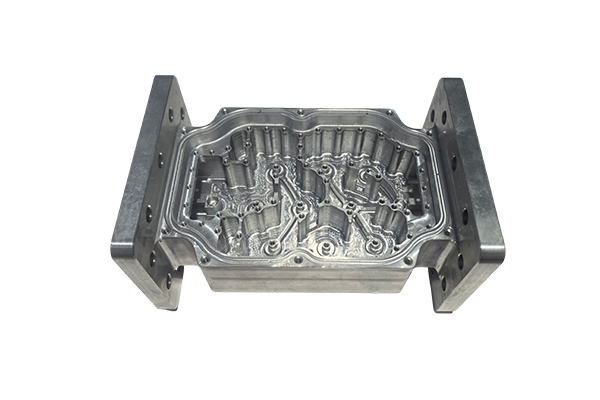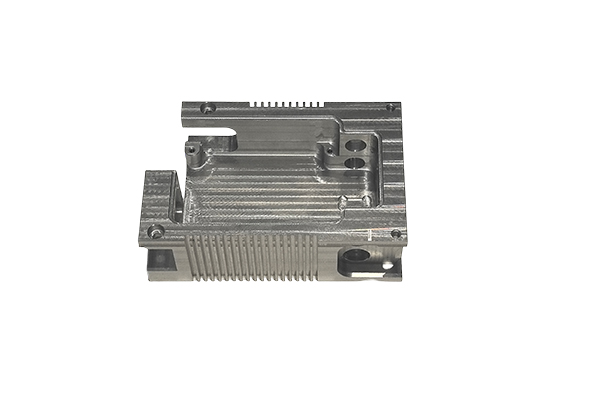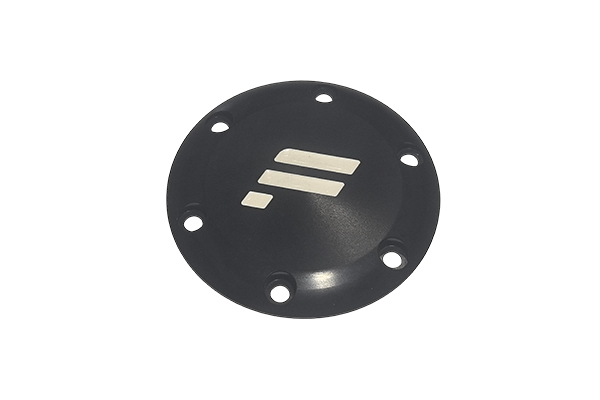How to prevent copper nut from rusting or corroding during embedded parts processing?
Release Time : 2025-03-11
In the process of embedded parts processing, copper nut is a commonly used fastener, and its anti-rust and anti-corrosion treatment is very important. Although copper nut has certain corrosion resistance, it may still be affected by oxidation, moisture, acid and alkali substances and other factors in the complex and changeable construction and use environment, and rust or corrode. This will not only reduce the service life of the embedded parts, but also may affect the safety and stability of the entire building structure. Therefore, taking effective measures to prevent copper nut from rusting or corroding is an important link that cannot be ignored in the processing of embedded parts.
First of all, copper nut should be strictly cleaned before processing. Surface impurities, oil stains, oxides, etc. will reduce the anti-corrosion performance of copper nut, and bury hidden dangers for rust and corrosion. Therefore, before processing, the surface of copper nut should be thoroughly cleaned with a suitable cleaning agent to ensure that the surface is clean and free of dirt. At the same time, for copper nuts that have been rusted or corroded, rust and corrosion removal should be carried out to restore their original metallic luster and anti-corrosion performance.
Secondly, choosing the right anti-rust paint or coating is also an important means to prevent copper nut from rusting or corroding. There are many anti-rust paints and coatings for metal materials on the market, which can form a protective film on the surface of copper nut, effectively isolating corrosion factors such as air, moisture and acid and alkali substances, thereby extending the service life of copper nut. When choosing anti-rust paint or coating, factors such as its anti-rust performance, weather resistance, adhesion and construction convenience should be fully considered to ensure that the selected product can meet the actual use needs.
In addition, for embedded parts that need to be used in humid environments for a long time, stainless steel copper nuts can be considered. Stainless steel has excellent corrosion resistance, can maintain stable physical and chemical properties in harsh environments such as humidity, acid and alkali, and is not easy to rust and corrode. Although the cost of stainless steel copper nut is relatively high, its use effect and economy are worth considering in some occasions with high requirements for anti-corrosion performance.
During the processing of embedded parts, attention should also be paid to the protection measures for copper nut. For example, during processing, transportation and storage, copper nuts should be prevented from contacting with corrosive factors such as soil, moisture, acid and alkali substances. For embedded parts that have been processed, they should be packaged and sealed in time to prevent corrosion during transportation and storage.
Finally, regular inspection and maintenance are also important links to prevent copper nuts from rusting or corroding. During use, embedded parts should be inspected regularly to promptly detect and deal with rust and corrosion spots on the surface of copper nuts. For copper nuts that have rusted or corroded, they should be replaced or repaired in time to prevent the problem from expanding.
In short, preventing copper nuts from rusting or corroding requires multiple aspects, including surface cleaning, selecting appropriate anti-rust paint or coating, using stainless steel copper nuts, strengthening protective measures, and regular inspection and maintenance. Only by taking comprehensive anti-rust and anti-corrosion measures can the service life and safety of embedded parts be ensured, providing strong protection for the safety and stability of building structures.
First of all, copper nut should be strictly cleaned before processing. Surface impurities, oil stains, oxides, etc. will reduce the anti-corrosion performance of copper nut, and bury hidden dangers for rust and corrosion. Therefore, before processing, the surface of copper nut should be thoroughly cleaned with a suitable cleaning agent to ensure that the surface is clean and free of dirt. At the same time, for copper nuts that have been rusted or corroded, rust and corrosion removal should be carried out to restore their original metallic luster and anti-corrosion performance.
Secondly, choosing the right anti-rust paint or coating is also an important means to prevent copper nut from rusting or corroding. There are many anti-rust paints and coatings for metal materials on the market, which can form a protective film on the surface of copper nut, effectively isolating corrosion factors such as air, moisture and acid and alkali substances, thereby extending the service life of copper nut. When choosing anti-rust paint or coating, factors such as its anti-rust performance, weather resistance, adhesion and construction convenience should be fully considered to ensure that the selected product can meet the actual use needs.
In addition, for embedded parts that need to be used in humid environments for a long time, stainless steel copper nuts can be considered. Stainless steel has excellent corrosion resistance, can maintain stable physical and chemical properties in harsh environments such as humidity, acid and alkali, and is not easy to rust and corrode. Although the cost of stainless steel copper nut is relatively high, its use effect and economy are worth considering in some occasions with high requirements for anti-corrosion performance.
During the processing of embedded parts, attention should also be paid to the protection measures for copper nut. For example, during processing, transportation and storage, copper nuts should be prevented from contacting with corrosive factors such as soil, moisture, acid and alkali substances. For embedded parts that have been processed, they should be packaged and sealed in time to prevent corrosion during transportation and storage.
Finally, regular inspection and maintenance are also important links to prevent copper nuts from rusting or corroding. During use, embedded parts should be inspected regularly to promptly detect and deal with rust and corrosion spots on the surface of copper nuts. For copper nuts that have rusted or corroded, they should be replaced or repaired in time to prevent the problem from expanding.
In short, preventing copper nuts from rusting or corroding requires multiple aspects, including surface cleaning, selecting appropriate anti-rust paint or coating, using stainless steel copper nuts, strengthening protective measures, and regular inspection and maintenance. Only by taking comprehensive anti-rust and anti-corrosion measures can the service life and safety of embedded parts be ensured, providing strong protection for the safety and stability of building structures.







